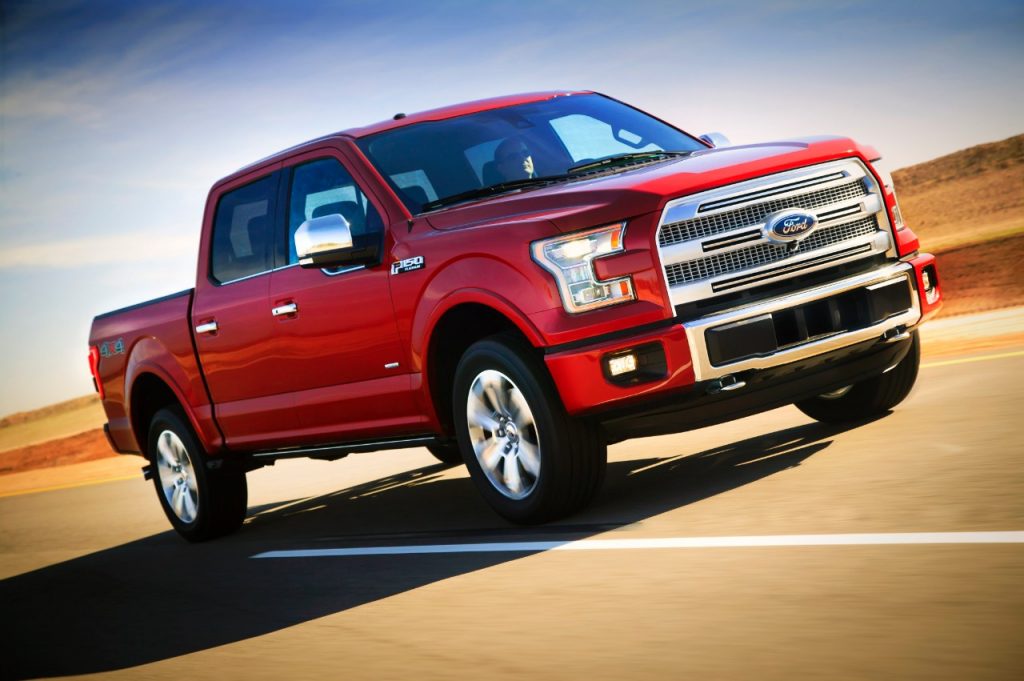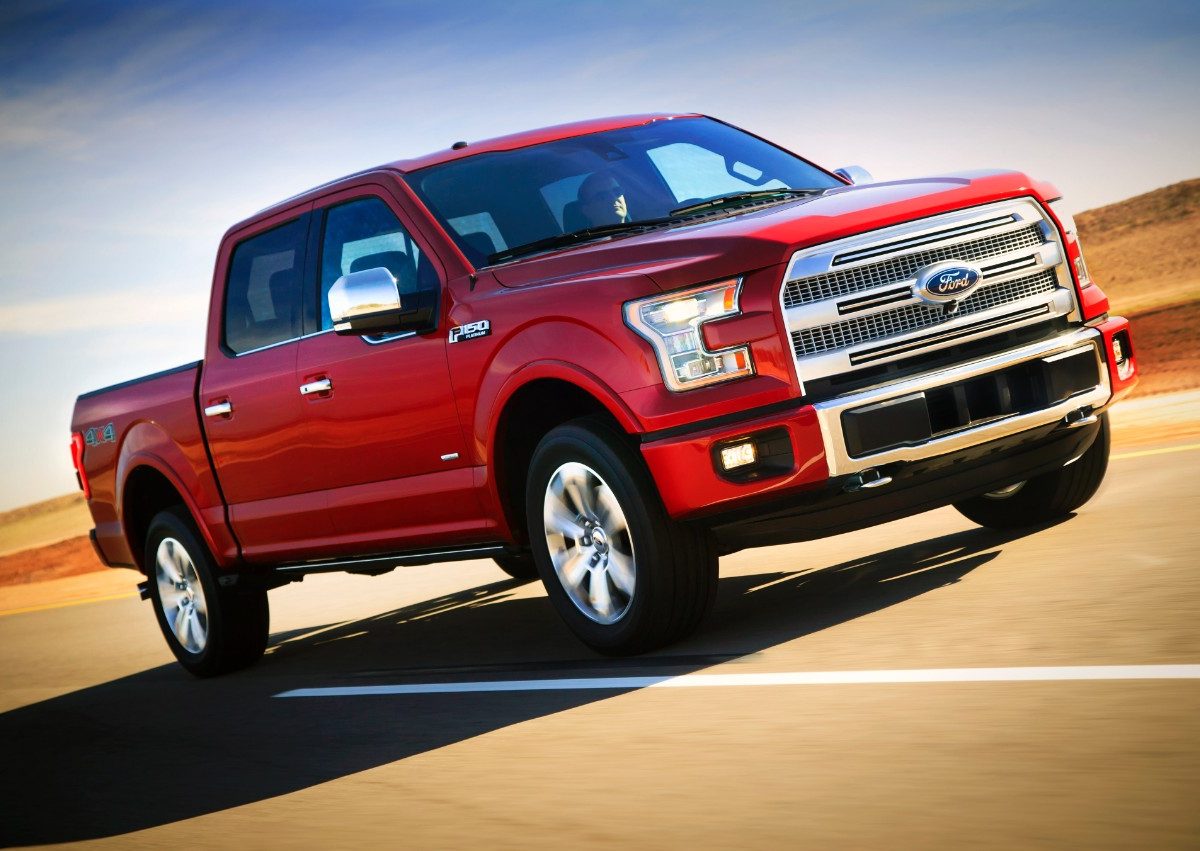In the 20th century, people who performed heavy jobs had to adapt their work styles to the trucks that companies built. If a specific design element wasn’t available on the market, it didn’t exist and couldn’t be practically constructed. Major motor production companies of the previous century had to produce a small number of designs, built to work for the majority of people. If you were outside of that majority, you were simply out of luck.

The 21st century has brought all sorts of changes to the design standards of car builders, as well as the expectations of the people who buy these large medium-duty trucks. There is a lot of versatility in the sorts of jobs that these trucks are called upon to perform. And users aren’t going to settle for something that doesn’t meet their needs. Luckily, Ford’s innovative designers have found a way to accommodate them in the most recent iterations of the Ford medium-duty truck line.
They pull it off in a number of ways. For one, all of the mechanical components that are necessary for a truck to work are placed within or beneath the cab. The engineers who made this decision did so in an attempt to make the back end of the trucks changeable. Users can choose a variety of back ends, each of which will be suited for a different kind of job. Users can also choose between trucks that run off of diesel or conventional gasoline, as well as a tractor or straight frame model. All units are constructed to be nearly 50% quieter than previous models, which will make them more useful and comfortable for users, regardless of specific job needs. There are many more novel details which truck geeks will go crazy for, but the takeaway that most people need to understand is that Ford trucks are changing the way high performance utility vehicles can work in the modern era.





